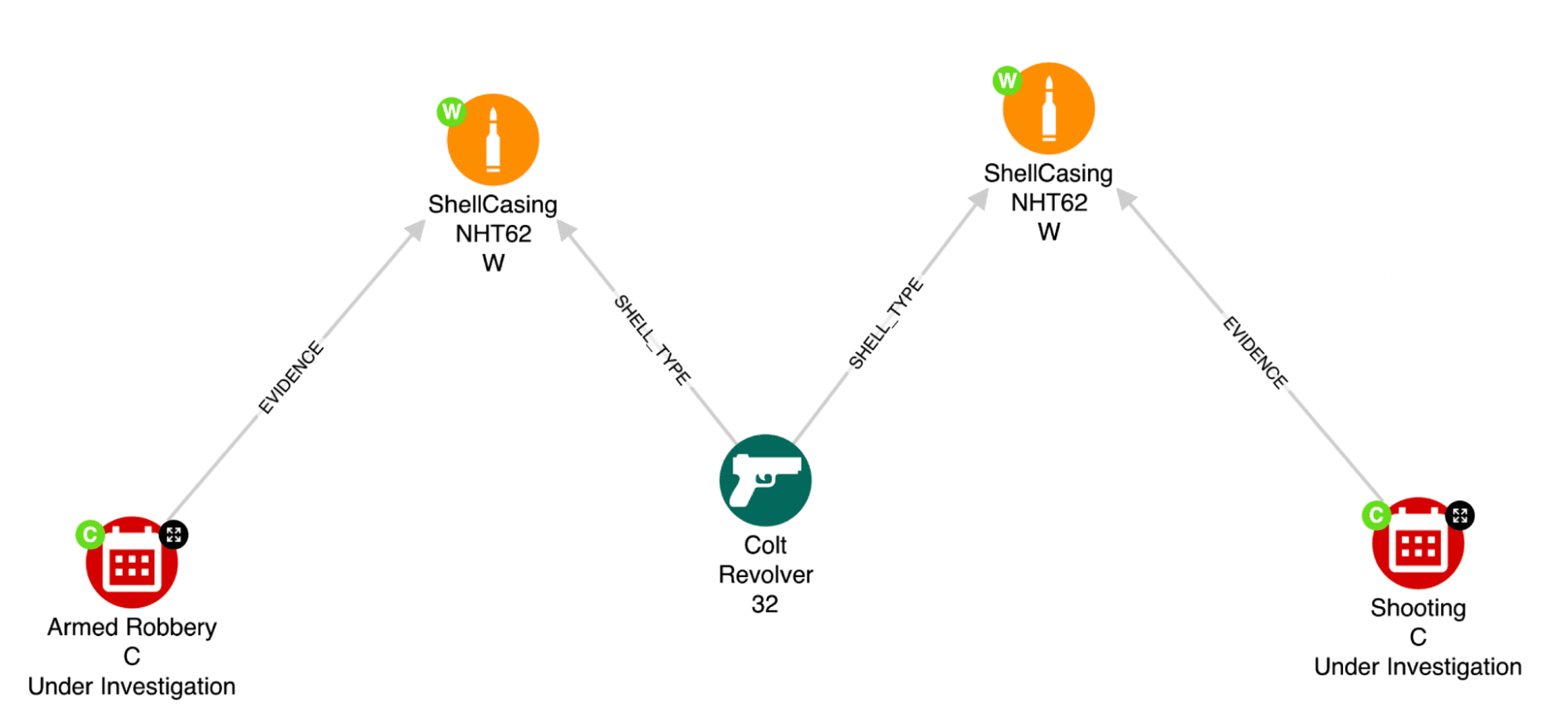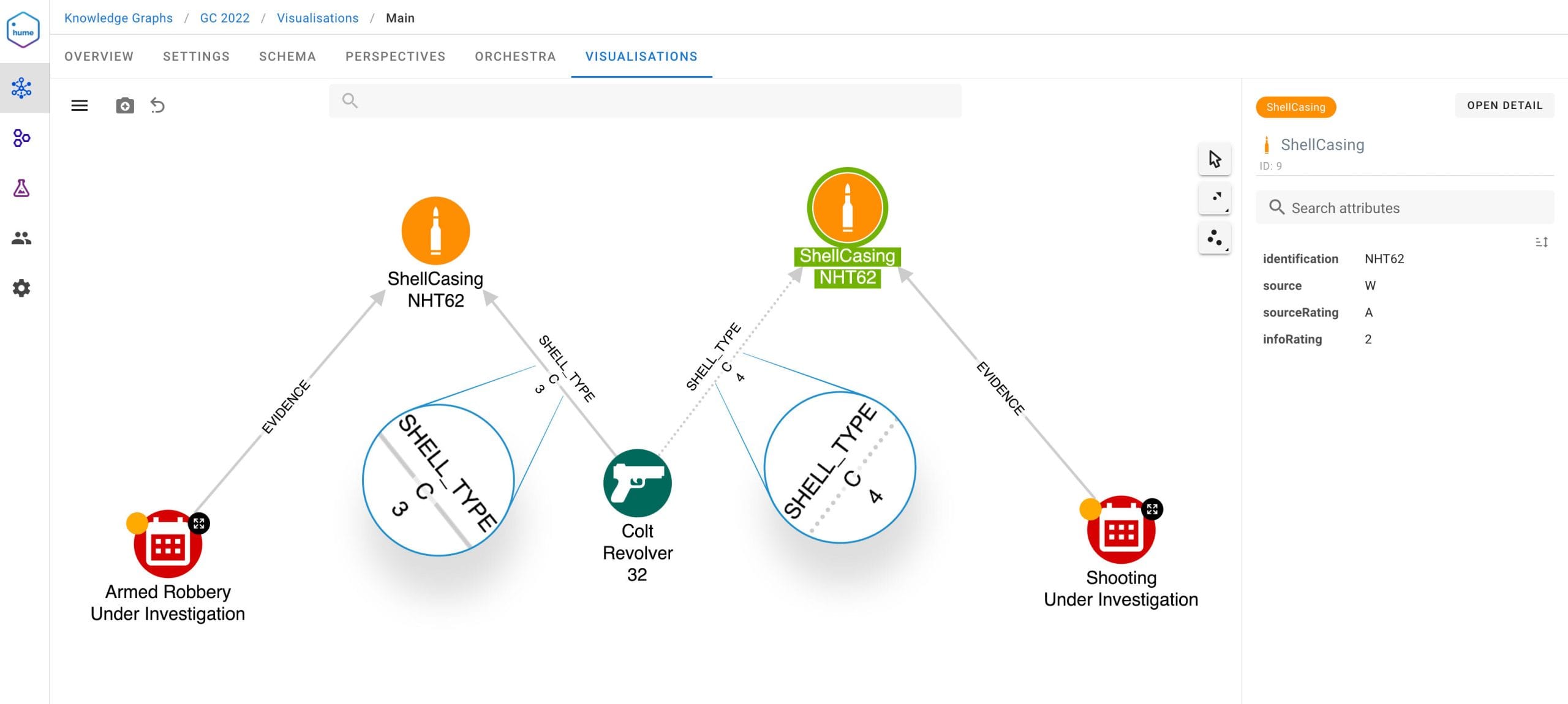In this 4-part blog series “Graphs in Law Enforcement”, we will examine Data Sources in Law Enforcement Graphs, a talk by Luanne Misquitta, our VP of Engineering, at GraphConnect 2022.
Graphs in Law Enforcement #1 – Data sources and modelling covered graphs in law enforcement investigations, their data sources, data provenance, INTs and how to model sources in graphs.
Another vital quality of data sources is reliability and credibility. How much can we trust and rely on this information? How can we evaluate the information’s quality and therefore the value of the data? The solution lies in a grading system, a highly effective way to evaluate information.
One of the first uses of an information grading system was during World War II when British Naval Intelligence had to assess mountains of incoming reports.
Information and Source Ratings
The Navy developed a system with separate concepts. They separated the quality of the source from the veracity of the information.
Source Reliability
Source Reliability is the degree of confidence assigned to the source with respect to its capacity to provide valuable and accurate information.

Information Credibility
Information Credibility is the confidence assigned to the information concerning its veracity.

Source Reliability and Information Credibility together indicate the value and trustworthiness of the information in the knowledge graph. Naturally, A1 is the highest combination possible and it is assigned as extremely reliable and trustworthy data.
A grading of F6 is typically used for a new source and its veracity has not been indicated elsewhere. As the source is new, its quality is uncertain, but the rating can move up and down the scale during an investigation.
Importance of Source Ratings
The rating of the source is essential for analysts in law enforcement to form assessments and eventually draw conclusions in mission-critical investigations.
The graph below appears relatively straightforward, the nodes are connected and it’s fairly intuitive to conclude the shell casings were identical and fired from the Colt revolver.

However, how reliable is this information? Though the nodes are related through the same sources, is the information trustworthy?

When the source ratings are included, it no longer seems as trustworthy and suggests a different conclusion. On the right, you can see the data source for shell casing scores A2, a good, reliably identified rating. But, the relationships from the Colt revolver to the shell casings get C3 and C4. The C is from the source, the forensics lab, and we can trust a C fairly well. However, the 4 means a doubtful conclusion and it is not confirmed if the information is true.
This simple case shows how the source rating of information is critical for analysts in law enforcement, as there may be a need to gather more information and better understand just from where the information originated.
Conclusion
Not only modelling information from data sources is important, but the ratings of the sources are also just as vital for graphs in law enforcement. It is possible to apply defaults to sources, e.g. a passport control property is always an A2 because they supply valid information. Human information is more delicate and requires a source rating to determine the value and trustworthiness. Hume is the perfect graph analytics solution to model and rate the information for investigations in law enforcement.
Click here to watch a video of these topics in the talk, Tracking Data Sources of Fused Entities in Law Enforcement Graphs by our VP of Engineering, Luanne Misquitta.


